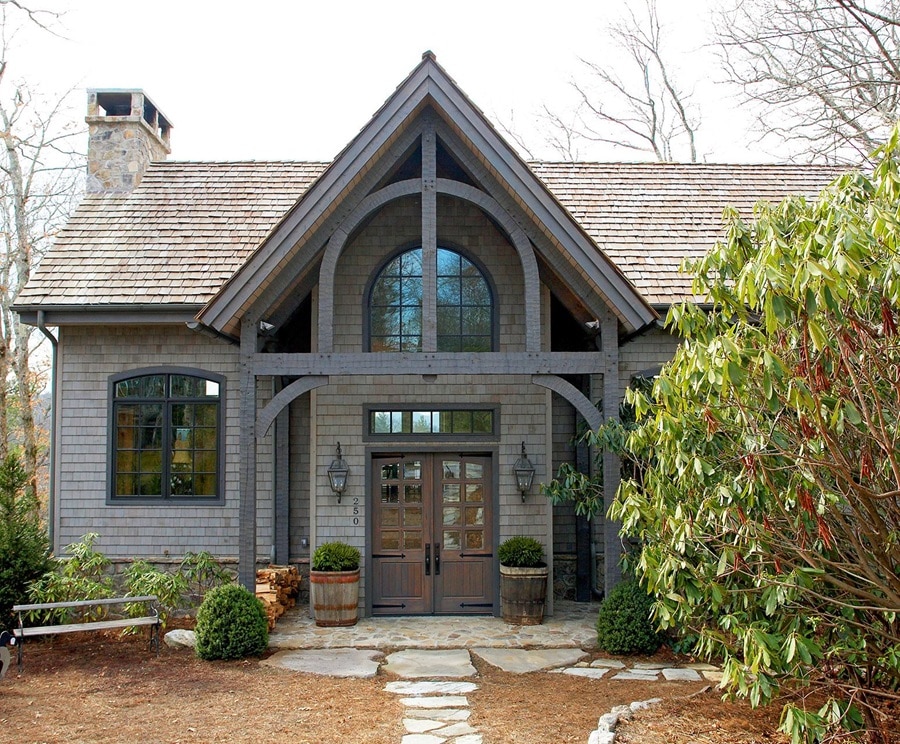Asbestos, once a popular building material, is now a silent threat in many older homes. Its widespread use in construction before the 1980s leaves a risk legacy, particularly in buildings without recent renovations. This article delves into the hidden dangers of asbestos, exploring its history, identification, health risks, and safe removal methods. Understanding these risks is essential for homeowners, as they impact their health and their legal and insurance aspects. The following sections provide a comprehensive guide to navigating the complexities of asbestos in older homes, emphasizing the importance of awareness and appropriate action.
Contents
- 1 The History of Asbestos in Home Construction
- 2 Identifying Asbestos in Your Home
- 3 Health Risks Associated with Asbestos
- 4 Professional Asbestos Inspection and Testing
- 5 Safe Removal and Abatement Options
- 6 Legal and Insurance Considerations
- 7 Preventive Measures and Ongoing Management
- 8 Community Resources and Support
- 9 Innovations in Asbestos Detection and Removal
- 10 The Bottom Line
The History of Asbestos in Home Construction
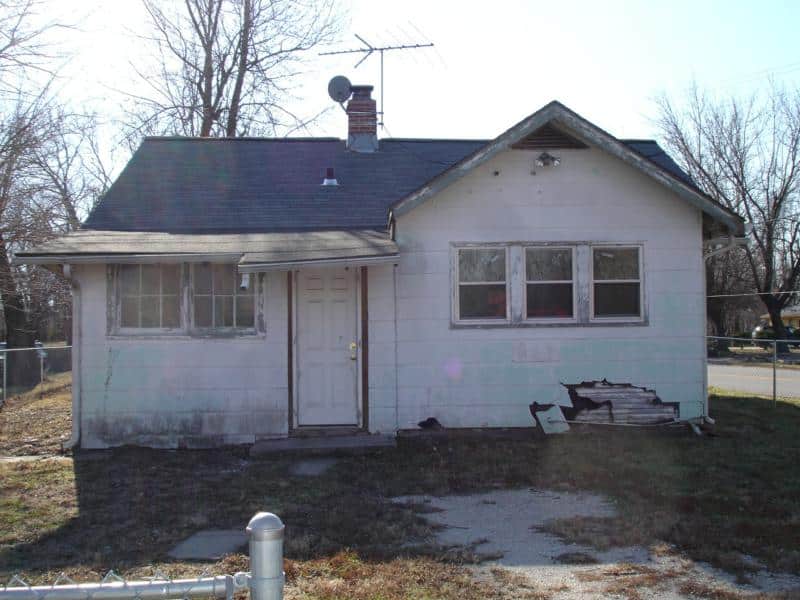
Asbestos, a naturally occurring mineral, was once hailed for its heat resistance and durability, making it a favored material in the construction industry. It was used extensively from the early 20th century and featured insulation, roofing, and even flooring. This widespread use was largely due to its fire-resistant properties, affordability, and versatility. However, the golden era of asbestos in construction ended abruptly as its health hazards became evident.
The shift in perception towards asbestos began in the latter half of the 20th century. Medical research linked asbestos exposure to serious health conditions, leading to stricter regulations and an eventual ban in many countries. This change reflected a growing understanding of occupational safety and public health. Yet, despite these regulations, many older homes still contain asbestos, posing a risk to uninformed homeowners.
Identifying Asbestos in Your Home
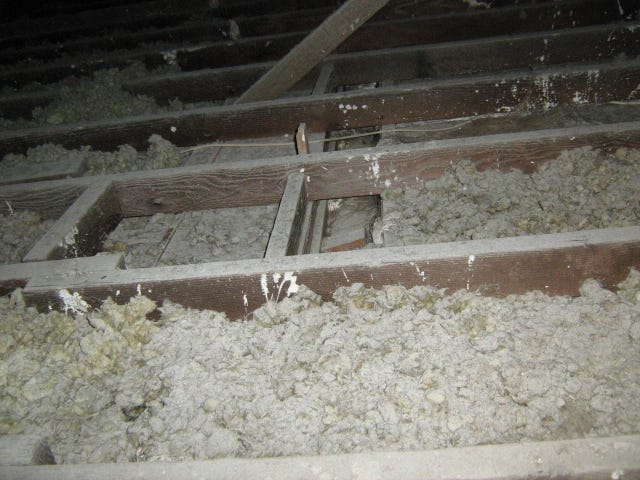
Identifying asbestos in older homes is a challenge because it’s often hidden within other materials. Asbestos was commonly used in insulation, floor tiles, roof shingles, and joint compounds. Homes constructed before the 1980s are particularly at risk. Recognizing asbestos-containing materials requires a keen eye; they often have a fibrous appearance and a dull color, but confirmation usually necessitates professional testing.
The danger of asbestos lies dormant until it’s disturbed – during renovations, repairs, or damage. Disturbed asbestos releases fibers into the air, becoming a health hazard. Homeowners must be cautious, especially if their homes have not been updated or inspected for asbestos. If there’s suspicion of asbestos, it’s crucial to avoid disturbing it and seek professional advice.
Health Risks Associated with Asbestos
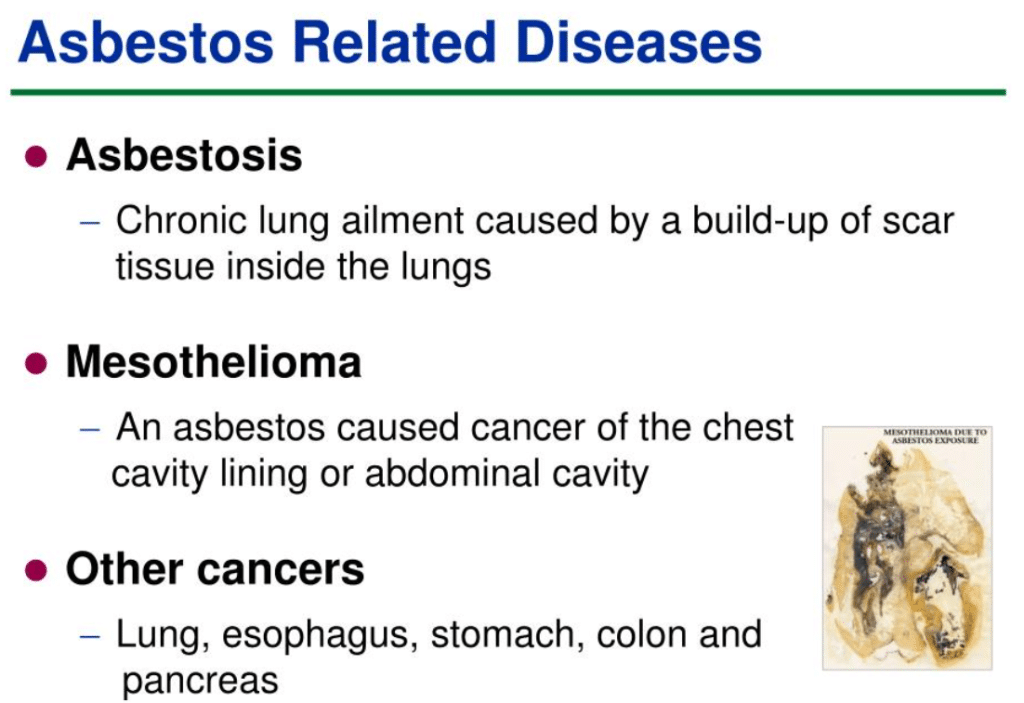
Asbestos exposure is linked to severe health issues, primarily affecting the lungs. Inhaling asbestos fibers can cause conditions like mesothelioma, a rare and aggressive cancer, as well as asbestosis and lung cancer. These diseases often have a long latency period, meaning symptoms may not appear until decades after exposure.
The risk of developing asbestos-related diseases depends on the duration and intensity of exposure. Individuals working in construction or industries where asbestos is prevalent face higher risks. However, even homeowners can be exposed during renovations or in deteriorating buildings. This makes it crucial to address asbestos concerns proactively in older homes.
Professional Asbestos Inspection and Testing
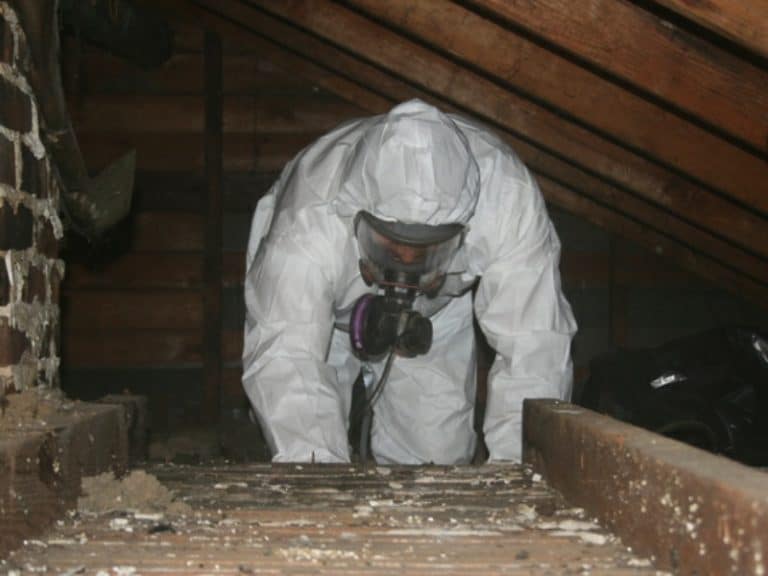
Professional asbestos inspection is critical in managing the risks associated with older homes. Certified inspectors can identify potential asbestos-containing materials, assess their condition, and recommend further action. This process typically involves visual examinations and may include collecting samples for laboratory testing.
Professional testing is necessary to confirm its presence if asbestos is suspected or found. Testing involves analyzing samples under a microscope to detect asbestos fibers. The results guide homeowners in deciding whether asbestos removal or management is required. Understanding the presence and condition of asbestos is crucial for ensuring the safety of the home environment.
Safe Removal and Abatement Options
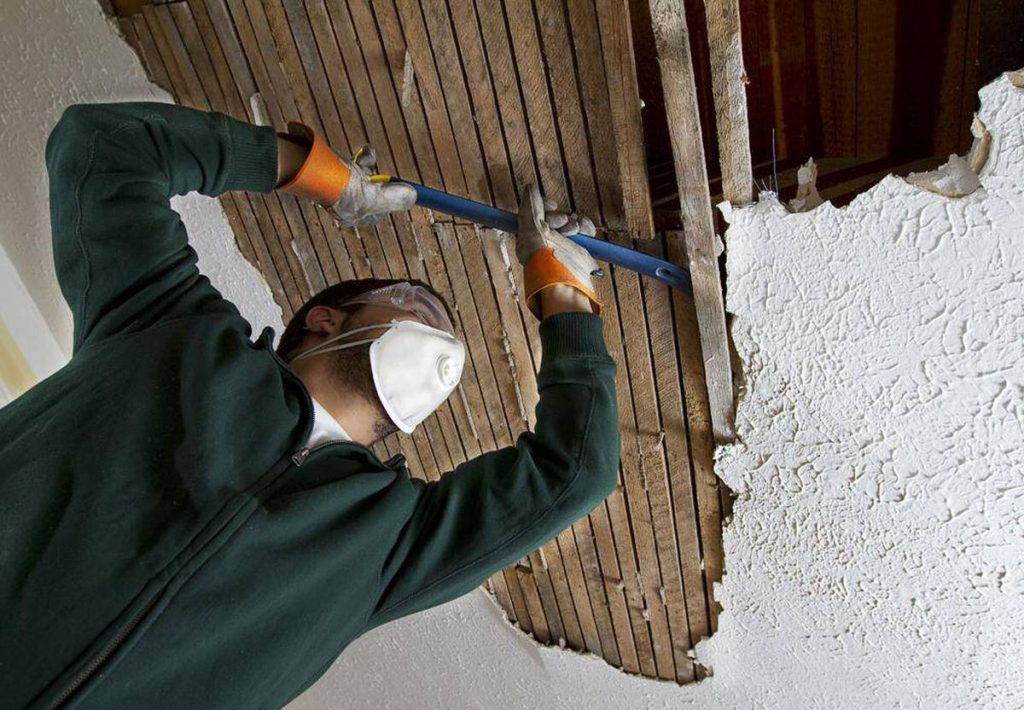
Once asbestos is identified, homeowners face the decision of removal or management. Asbestos abatement professionals can safely remove or encapsulate asbestos-containing materials. Removal is often recommended when asbestos is in poor condition or if major renovations are planned.
However, removal is not always the best or necessary option. In some cases, encapsulation – sealing off asbestos materials – is a safer and more cost-effective method. Professionals should make this decision considering the asbestos’s condition and the homeowner’s future plans for the property.
Legal and Insurance Considerations

Dealing with asbestos in homes also involves navigating legal and insurance considerations. Laws and regulations around asbestos management vary by region but generally include safe removal and disposal requirements. Non-compliance can lead to legal liabilities and fines.
From an insurance perspective, asbestos removal or damage from asbestos may not be covered under standard home insurance policies. Homeowners need to understand their policy details and consider additional coverage if necessary. Furthermore, selling a property with known asbestos requires disclosure, impacting real estate transactions.
Preventive Measures and Ongoing Management
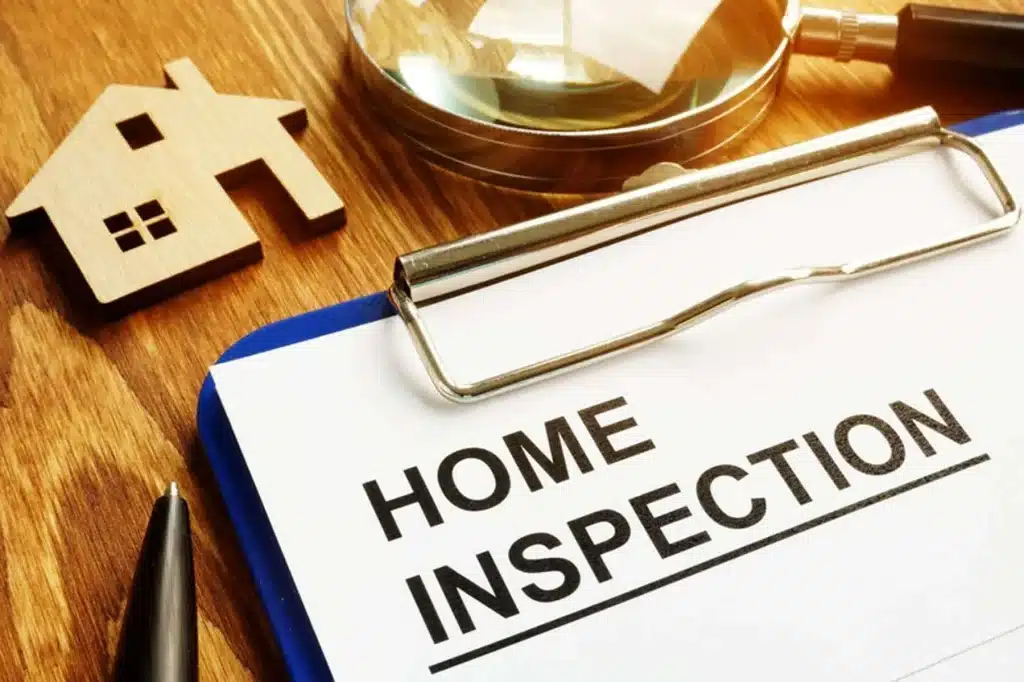
Preventing asbestos exposure in older homes is key to maintaining a safe living environment. Regular inspections, particularly in homes built before the 1980s, can identify potential asbestos hazards before they become a problem. Homeowners should be vigilant about the condition of materials likely to contain asbestos, such as old insulation, tiles, and roofing.
Ongoing management is a viable option for asbestos that is currently in good condition and does not pose an immediate risk. This includes monitoring the condition of asbestos-containing materials and ensuring they are not disturbed. Simple measures, like avoiding drilling or cutting into suspect materials and keeping an eye out for wear and tear, can significantly reduce the risk of asbestos exposure.
Community Resources and Support

Navigating asbestos issues in older homes can be overwhelming for homeowners. Fortunately, there are community resources and support networks available. Local health departments often provide information and guidance on asbestos in homes, including how to identify it and what steps to take if it’s found.
Additionally, homeowner associations and community groups can be valuable sources of support. They can offer recommendations for certified asbestos professionals and share experiences about dealing with asbestos in the neighborhood. Leveraging these resources helps homeowners make informed decisions and take appropriate action.
Innovations in Asbestos Detection and Removal
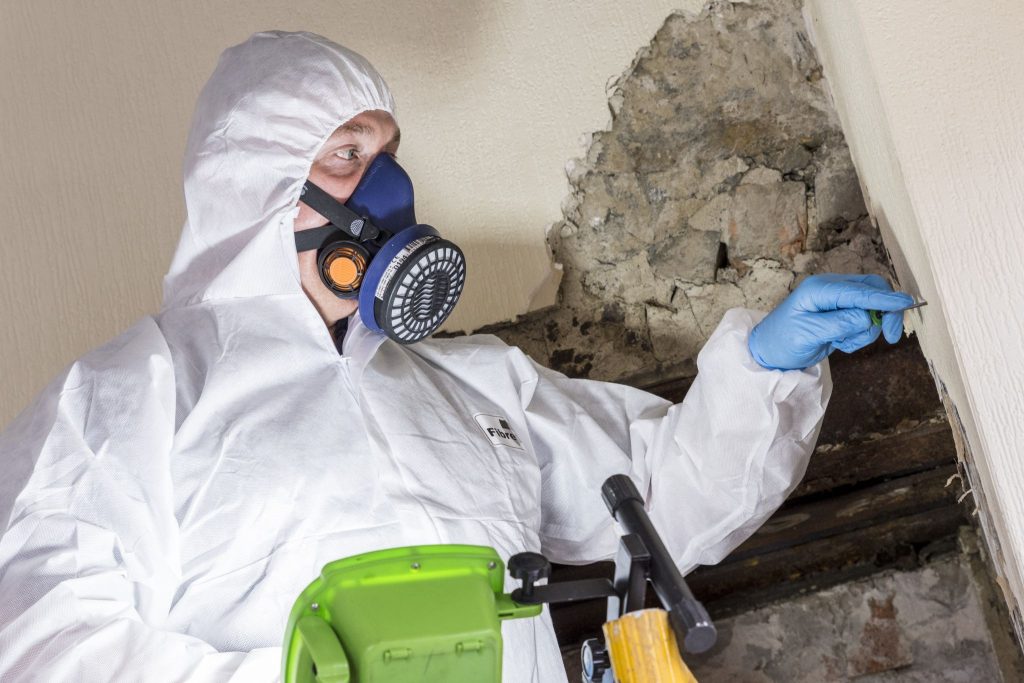
Advancements in technology have led to innovations in asbestos detection and removal, making these processes safer and more efficient. New detection methods, such as advanced imaging techniques and portable testing kits, allow for quicker and more accurate identification of asbestos in homes.
In terms of removal, modern techniques and equipment have significantly reduced the risks associated with asbestos abatement. Encapsulation materials and improved protective gear for workers exemplify how the industry has evolved. These advancements enhance safety and make the process less disruptive for homeowners.
The Bottom Line
Asbestos in older homes remains a silent but significant threat. Awareness, proper identification, and safe management are essential for protecting health and ensuring safety. The journey from detecting to effectively dealing with asbestos involves understanding its history, recognizing the health risks, and navigating legal and insurance complexities. Homeowners are encouraged to seek professional advice, leverage community resources, and stay informed about asbestos detection and removal advancements. Ultimately, the collective efforts in managing and mitigating asbestos risks pave the way towards healthier, asbestos-free living environments. This comprehensive approach is crucial in safeguarding not just individual homes but entire communities from the hidden dangers of asbestos.


